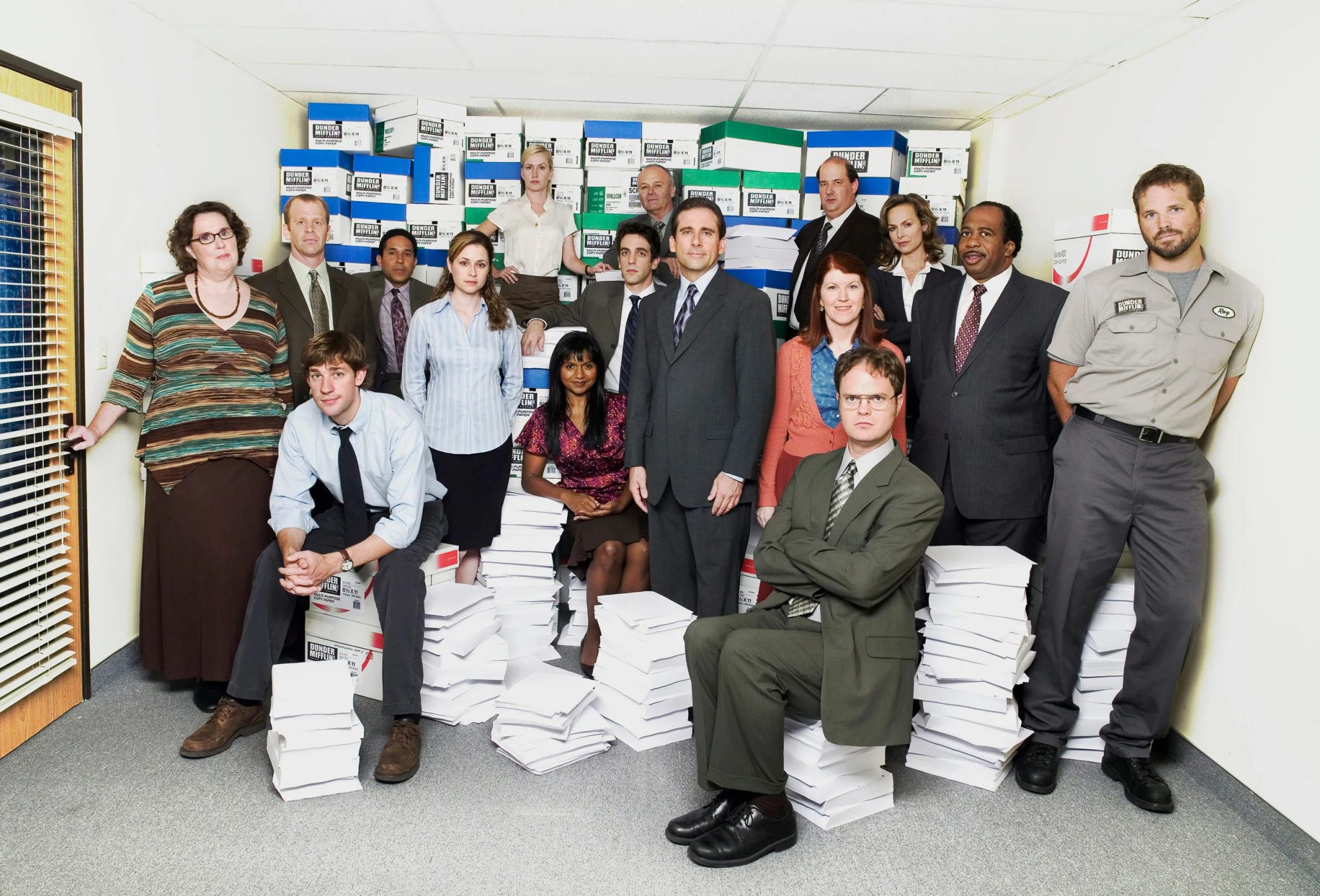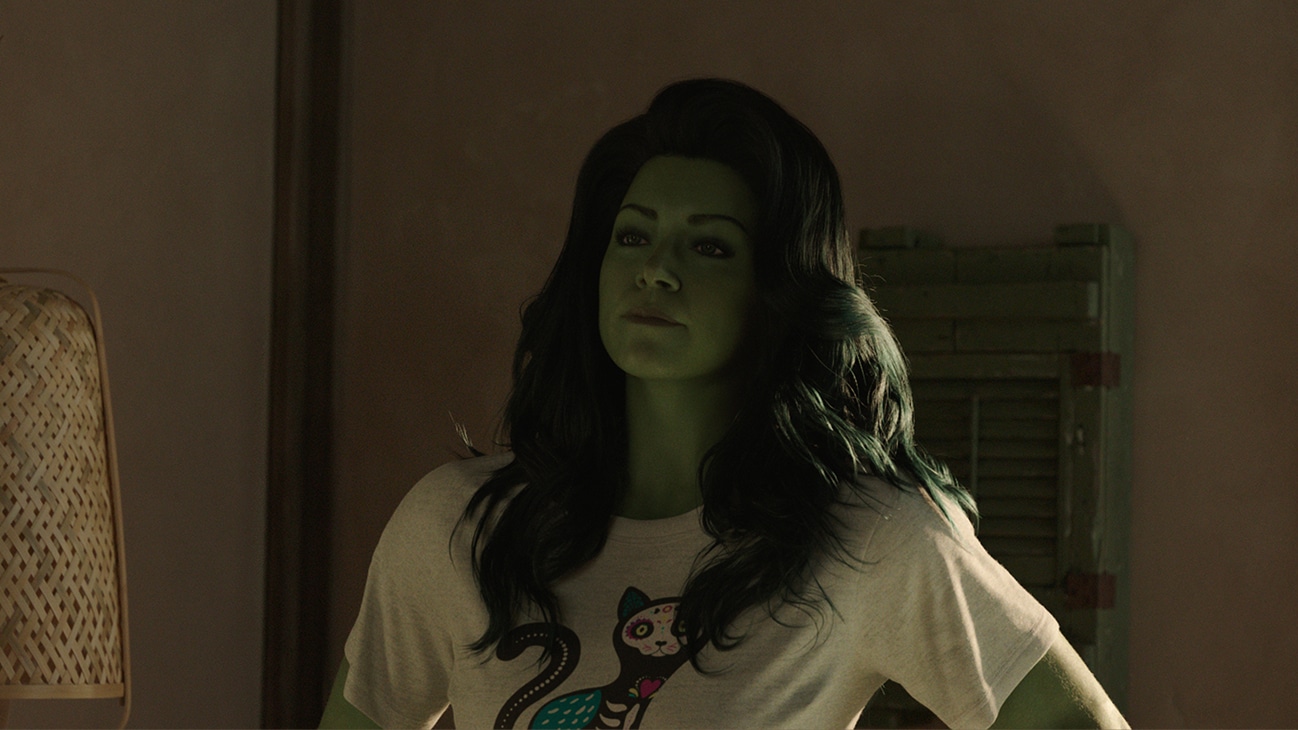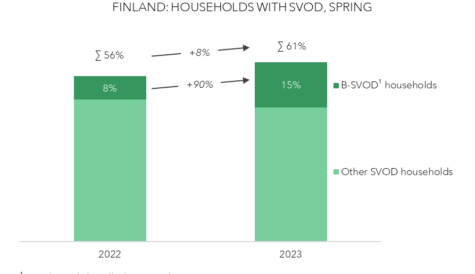
After more than 40 years of operation, DTVE is closing its doors and our website will no longer be updated daily. Thank you for all of your support.
Disney’s ability to overtake Netflix defined by vision, ambition and resources
Disney is now the largest streaming operator in the world.
The company this week revealed that it had a total of 221.1 million streaming customers globally across Disney+ (including Disney+ Hotstar), Hulu, ESPN+ and Star. The figure eclipses – albeit narrowly – Netflix’s total of 220.67 million, after the company recorded its second consecutive quarter of churn. (Netflix meanwhile this week lost a case which will see it made to pay US$42 million in residuals to writers.)
While Disney is technically the largest operator, it is worth noting one obvious fact that the figure may be slightly misleading. In the US – Disney’s largest market – the company operates a trio of streaming services, and if a user is subscribed to more than one of them either as standalone subscriptions or via the ‘Disney bundle’ they will count as multiple numbers towards that 221 million total.
Caveats aside, it is still remarkable that Disney has achieved this level of success when its DTC streaming efforts didn’t really kick off in earnest until 2019 when it took over full control of Hulu (which it had previously co-owned with Comcast) and launched Disney+ in an initial three markets.
The power shift was viewed by some as an inevitability; Digital TV Europe’s research partner Omdia previously predicted that Disney+ alone would overtake Netflix for subscribers within the next five years and this may well become the case should the respective company’s trajectories remain the same.
As it stands at the end of Disney’s Q3 2022, Disney+ (excluding the Asian market-oriented Disney+ Hotstar) was at a total of 93.6 million subscribers, while Disney+ Hotstar was at 58.4 million for a total Disney+ base of 152.1 million. If the streamer has grown as large as it is within three years, Omdia’s estimation that Disney+ will add 144 million subscribers between 2021 and 2027 to take its total to 274 million should ring true.
The report also predicted that Netflix will only add 31 million subscribers between 2021 and 2027 while in the same period losing 4 million subs in the US.
So this all begs the question of why and how Disney has managed to achieve the impossible by supplanting the name that put SVOD services on the map atop the video streaming tree.
A diverse content offering and defined content portfolio
Disney has made no secret of the fact that it has leant into its established IP in order to grow its flagship streaming product.
Perhaps more so than people were expecting, Disney+ has become home to event television with a seemingly endless flow of Star Wars and Marvel series.
At time of writing we are in a bit of a lull, between the finale of Ms. Marvel on July 13 and premiere of She-Hulk: Attorney at Law on August 18 – the sixth and seventh live-action Marvel superhero shows produced for the streamer. Star Wars fans meanwhile are currently gearing up for the release of Andor in September and the eagerly anticipated third season of The Mandalorian in February 2023. But even if superheroes and starfighters aren’t your thing, the coming months will also see major movies like the Robert Zemeckis-directed live-action Pinocchio and the sequel to 90s cult halloween movie Hocus Pocus.
While it gets few points for pure originality and has been criticised as something of a nostalgia trip, Disney’s strategy for Disney+ from a content perspective has evidently paid off. And to offset the costs of the expanded portfolio, Disney will introduce an ad-supported tier at the same US$7.99 per month price point in December.
Beyond the more family-friendly fare of Disney+, the US-exclusive Hulu has one of the most broad streaming offerings on the market and caters to a more adult audience. The streamer has also significantly benefited from the US$71 billion acquisition of 21st Century Fox, with movies and series that previously would have gone to cinema or linear now being exclusive to the platform.
The most recent example of this is Predator franchise spin-off Prey. The 20th Century Studios film, which started production in 2018 before the Disney-Fox takeover, would have gone down the typical route of going to theatres prior to a TVOD and subsequent SVOD release. However, Disney decided to take the film directly to the latter, and as a result Prey has become Hulu’s biggest-ever streaming launch (even overtaking The Kardashians) while also being the most-watched film premiere on Star+ in Latin America and on Disney+’s Star hub in markets such as the UK and France.
The success of Prey also serves to highlight the absolute mess that is Warner Bros. Discovery right now, with the company turning almost-finished movies into tax write-offs and hamstringing one of the most popular streaming services on the market in order to combine it with one that has a week dedicated to sharks.
 This is all without mentioning Disney’s ever-expanding sports rights portfolio both domestically and internationally. The company continues to invest heavily in rights for ESPN+, and the streamer is in the running to pick up the NFL’s highly sought-after Sunday Ticket rights.
This is all without mentioning Disney’s ever-expanding sports rights portfolio both domestically and internationally. The company continues to invest heavily in rights for ESPN+, and the streamer is in the running to pick up the NFL’s highly sought-after Sunday Ticket rights.
The Fox acquisition has also benefited Disney here, with its acquisition of Star India also giving it the rights to the prestigious Indian Premier League (IPL) cricket rights in the country. Such is the importance of the IPL, that the company paused the rollout of Disney+ Hotstar in India when the Covid-19 pandemic led to the competition’s postponement. In June DisneyStar retained a rights package to the IPL, but it will share them with Viacom18.
All of these examples point towards a company that is laser focused on growing its DTC business and knows exactly what it is doing with it.
Netflix stumbles with an identity crisis
While Disney’s success in streaming has come from establishing key USPs across its portfolio, the ‘Netflix decade’ was largely defined by a combination of novelty and naivety.
When it exploded onto the mainstream in the early 2010s, Netflix was the streaming service. Which is to say that if you wanted to stream a show or movie there was a good chance that it would be on Netflix. It didn’t really need to create a brand identity for itself beyond the big red N.
This was a moment in time before streaming operators even considered producing original content for their platforms. If you told an average TV pundit a decade ago that the most-expensive TV show ever will be produced in 2022 by the website where you buy your cat food you’d probably be laughed out of the building.
Netflix can almost single-handedly be credited with transforming the industry in this way. 2013’s big-budget and star-studded House of Cards came with a huge ad campaign, and was one of the key factors to changing the mindset that a ‘web series’ can be just as prestigious as anything on HBO or AMC.

With 69.48 million viewing hours within its first three days, The Sandman looks to be Netflix’s next breakout hit series
Three years later, the Duffer Brothers’ Stranger Things would go on to become a genuine worldwide phenomena which carries on to this day and set the bar for what a streaming series can achieve in terms of viewing figures. The company has subsequently had a number of comparably sized hit series with the likes of Squid Game, Money Heist, Bridgerton and – based on initial numbers – The Sandman.
But while the past decade saw Netflix set the gold standard as a video streaming operator, the company has lost millions of subscribers in 2022. Part of this is to do with the oft-discussed ‘pull forward’ effect of the Covid-19 pandemic, while the company also lost millions of subs as a result of its decision to pull out of Russia. Attributing Netflix’s losses just to those factors however is overly reductive and somewhat misses the bigger picture.
During its peak growth, there was also a degree of arrogance from Netflix’s co-CEO Reed Hastings, who said that the company’s biggest rivals were not its streaming competitors, but from other aspects of the attention economy. He wrote in 2019: “We compete with (and lose to) Fortnite more than HBO.”
But since Disney acquired Fox and made it clear that it was out for Netflix’s crown, the Los Gatos-based streamer was in a race against time to bolster its offering with originals. This was in no small part to compensate for studios like Disney, Warner Bros. NBCUniversal and Paramount who all seized back rights to their shows and movies in order to launch their own streaming services.
Netflix essentially became a victim of its own success. It quietly built a monopoly in a DTC market to which major Hollywood players were slow to react. And by the time it was that dominant force, its users were repeatedly coming back to Netflix not to rewatch Stranger Things or Fuller House, but for the staples of comfort television like The Office and Friends. Had it not been quite so popular, these studios may have been happy to continue their business of licencing popular content to a handful of third-party platforms instead of the swathes of streamers we now have in 2022.
This is a gap which Netflix has repeatedly tried and failed to fill, and instead the company is reliant on an unsustainable model of constantly giving users something new with little sense of quality control.

The Office, at one point the most-watched series on Netflix in the US, now streams exclusively in the country on NBCUniversal’s Peacock
This increasing dependence on original content production has also seen Netflix’s subscription costs steadily increase to the point where its initial selling point of ‘all the movies and series you want to watch for a low monthly cost’ rings hollow in 2022.
Netflix has also branched out into video games in an effort to salvage its momentum, but a damning report came out this week which showed that only 1% of its subscribers are actually playing its games. According to app analytics company Apptopia, Netflix’s 20-plus games available on mobile have been downloaded a total of 23.3 million times with an average of 1.7 million daily users.
Such is the comedown that Netflix is going through that it has laid off hundreds of staff, with the company being exposed for failing to prepare for the hard graft that would come after its initial period of streaming supremacy.
I do not think that Netflix is set to collapse, nor do I think that really any company aside from Disney has the resources, portfolio and wherewithal to reach the heights of the streamer which – I remind you – is still the most-subscribed to individual streaming service in the world.
Disney’s surge to the top of the streaming tree would not have been possible without Netflix, and it has clearly learned lessons from its rival in regards to what does and doesn’t work from content, technological and strategic perspectives. Despite the unpopularity of CEO Bob Chapek, Disney’s growth in streaming during his tenure has been nothing short of remarkable and stands in contrast to a company which is struggling to clearly define itself in this era of market maturity.




